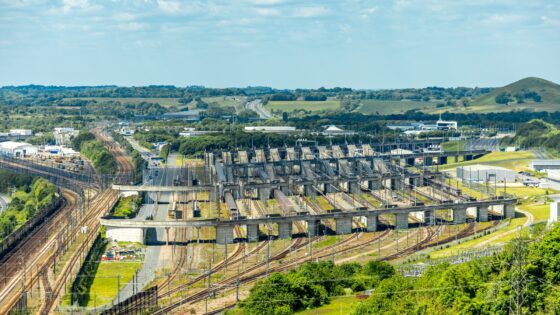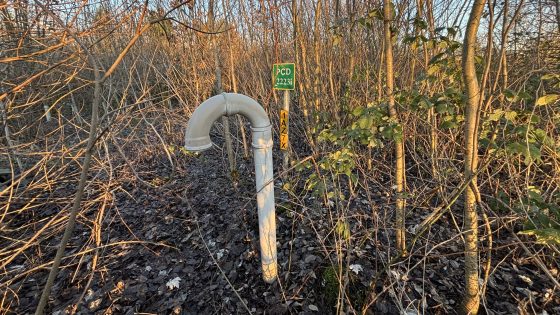England housing stats: delivery shortfall and pipeline risks for project teams
Reviewed by Tom Sullivan

First reported on The Construction Index
30 Second Briefing
England delivered 208,600 net additional dwellings in 2024/25—190,600 new builds plus 22,640 from change of use, conversions and other gains, minus 4,630 demolitions—marking a 6% fall on 2023/24 and the third consecutive annual decline. BCIS chief economist David Crosthwaite estimates only about 1 million homes will be delivered over the parliament on the current trajectory, far short of the 1.5 million target, with 275,600 net additions since July 2024. MPs are pressing for a delayed long-term housing strategy and budget measures to unlock “billions” in public and private investment.
Technical Brief
- Net additions in 2024/25 comprised 190,600 new builds plus 22,640 from non-build sources.
- Change-of-use schemes from non-domestic to residential delivered 17,710 units, a key brownfield supply route.
- Subdivision of existing houses into flats added 3,850 dwellings, indicating intensification of existing urban fabric.
- “Other gains” such as caravans and houseboats contributed 1,080 units, marginal but counted in official supply.
- Demolitions removed 4,630 dwellings, eroding gross delivery and impacting regeneration-led estate renewal programmes.
- From 9 July 2024 to 9 November 2025, 275,600 net additions were recorded nationwide.
- In the first eight months of 2025/26, 124,800 net additions imply an annualised run-rate near 204,000 units.
Our Take
BCIS’s involvement signals that the housing shortfall in England is being framed not just as a planning issue but as a cost and productivity problem, which in our database often precedes pressure on contractors to deliver standardised, lower-cost typologies.
With the current parliament’s trajectory pointing to around 1 million homes versus the 1.5 million commitment, local authorities and housing associations in England are likely to lean harder on offsite and MMC routes already discussed in other Infrastructure coverage to close delivery gaps without matching headcount growth.
Among the 17 Infrastructure stories in our database, this is one of the few that quantifies a national delivery gap over a whole parliament, which tends to be used by HCLG and similar bodies to justify tightening performance metrics and funding conditions on future housing programmes.
Prepared by collating external sources, AI-assisted tools, and Geomechanics.io’s proprietary mining database, then reviewed for technical accuracy & edited by our geotechnical team.
Related Articles
Related Industries & Products
Construction
Quality control software for construction companies with material testing, batch tracking, and compliance management.
CMRR-io
Streamline coal mine roof stability assessments with our cloud-based CMRR software featuring automated calculations, multi-scenario analysis, and collaborative workflows.
HYDROGEO-io
Comprehensive hydrogeological testing platform for managing, analysing, and reporting on packer tests, lugeon values, and hydraulic conductivity assessments.
GEODB-io
Centralised geotechnical data management solution for storing, accessing, and analysing all your site investigation and material testing data.


